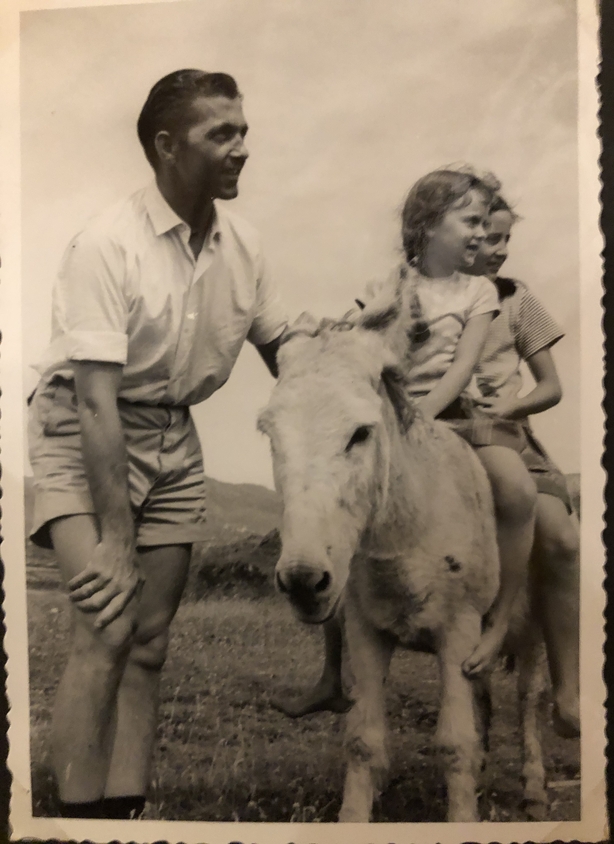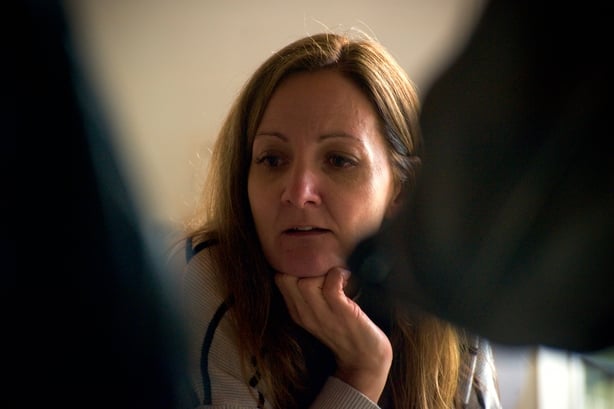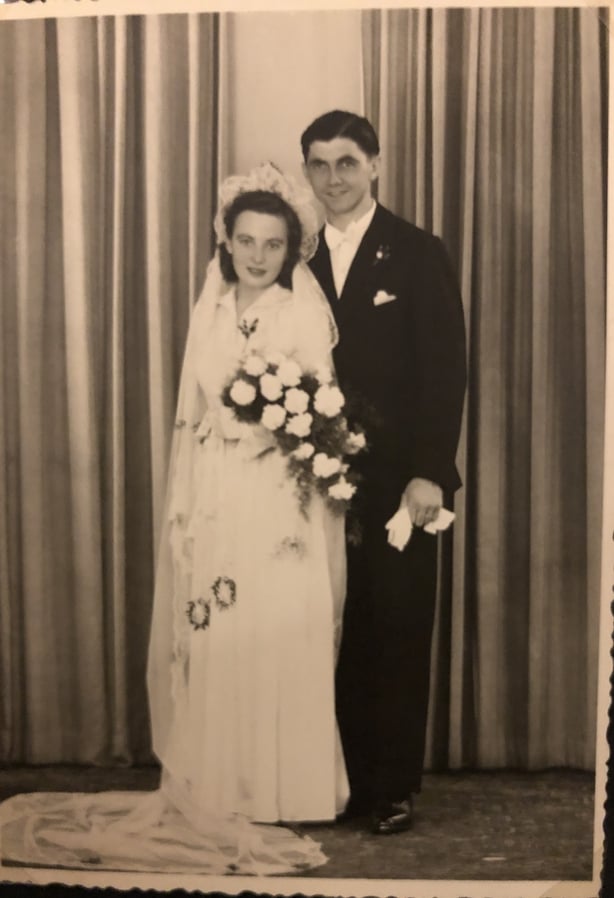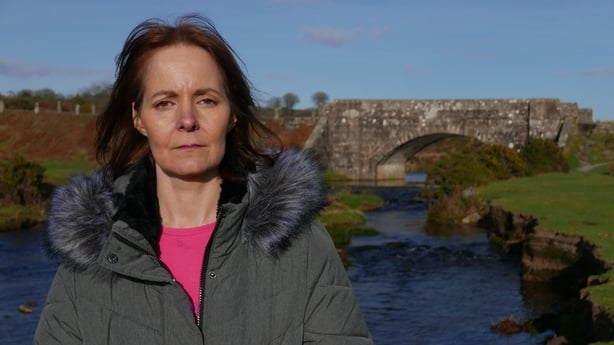A new documentary tells the shocking story of a German businessman kidnapped and murdered by the IRA. David Blake Knox, producer and author of the book by the same name – Face Down: The Disappearance of Thomas Niedermayer – explains how the events cast a long shadow on the Niedermayer family
Thomas Niedermayer and his wife, Ingeborg, arrived in Ireland with their two daughters, Gabriele and Renate, in 1961. Thomas had worked his way up from the shop floor of the German electronics firm, Grundig, and had just been appointed as the first manager of its new factory in West Belfast. Both Thomas and Ingeborg had survived the horrors of World War 2. Thomas was a child conscript to the Nazi war machine; Ingeborg had fled the terror of the Red Army - but seven of her eight brothers and sisters had died. When they came to live in Belfast, Thomas and Ingeborg believed they were making a fresh start and that a bright new future was about to begin in Ireland.

For many years, it seemed their hopes were coming true. The Grundig factory in Belfast proved to be a huge success, and its workforce grew from a few hundred in the early 60s to more than 2,000 by 1973. One of those who came to work in the factory was a young man called Brian Keenan. He had recently returned from working in England, and soon became one of the most active of Grundig's shop stewards. In that role, he had many bruising encounters with Thomas Niedermayer.
Kidnapped and murdered
These two men are at the heart of this story. They came from similar social backgrounds and shared some personal characteristics. But they were not friends and their paths in life were very different. One played a leading role in directing the political violence that enveloped Northern Ireland in the 1970s – the other became his innocent victim.
Keenan had joined the IRA in 1969 and had risen rapidly in its ranks. By 1973, he was the IRA’s Quartermaster General and a member of its six-man Army Council. In that year, an entire IRA unit was arrested in England and convicted of planting a number of car bombs in London. Keenan decided to kidnap his former boss and hold him to ransom for the return of those IRA prisoners to Northern Ireland.

Thomas was kidnapped one night soon after Christmas in 1973. But Keenan’s plan went badly wrong: within a few days of the abduction, Thomas Niedermayer had been killed by his IRA guards. On Keenan’s orders, the body was buried in secret, and the IRA denied they had anything to do with the kidnapping. For the next seven years, Ingeborg Niedermayer and her two children were deliberately kept in the dark about what had happened to Thomas.
The women's story
That is why this story is also one about women. Ingeborg Niedermayer and her two children suffered great anguish in those long years of uncertainty that followed Thomas’s disappearance. All of them made repeated and heart-rending appeals – not only for Thomas’s safe return, but just for some news that he was still alive. Even if he were dead, they begged, allow us to give his remains a decent burial and to grieve properly for him. But all of their pleas fell on deaf ears and they were kept for seven years in a state of suspended terror and prolonged trauma.
Eventually, an IRA informant led the RUC to the shallow grave - under a rubbish tip - where Thomas Niedermayer’s body had been left. He had been buried "face down" so that, in the chilling words of one of his killers, he could "dig himself deeper". But this discovery came far too late to repair the emotional damage that had been done to his family; Ingeborg, Gabriele and Renate would all later take their own lives in desperate circumstances.

Although Brian Keenan has been implicated in many notorious atrocities - and served 12 years in prison for his involvement in multiple murders - he is still regarded by some as a heroic figure whose memory should be revered. Keenan is also the only one of those who were directly connected to this kidnapping to have died - many years later - of natural causes.
Facing the past
Gabriele, the elder of the Niedermayers’ daughters, decided not to inform her own children of anything about her family’s troubled background. It was only after the suicides of both their parents that her daughters, Tanya and Rachel, came upon a box filled with Irish newspapers from the 1970s and began to discover the truth of the Niedermayers’ history in Ireland.

In "Face Down", the two sisters confront for the first time what really happened in Belfast all those years ago. They reveal the long-term damage that political violence has inflicted on their family – crossing countries and continents as well as successive generations. The sisters are determined that the trauma they inherited will end with them and not be passed on to their own children.
Watch Face Down: The disappearance of Thomas Niedermayer on RTÉ One on Wednesday 20th December at 9.35pm or stream on RTÉ Player.
The views expressed here are those of the author and do not represent or reflect the views of RTÉ










































